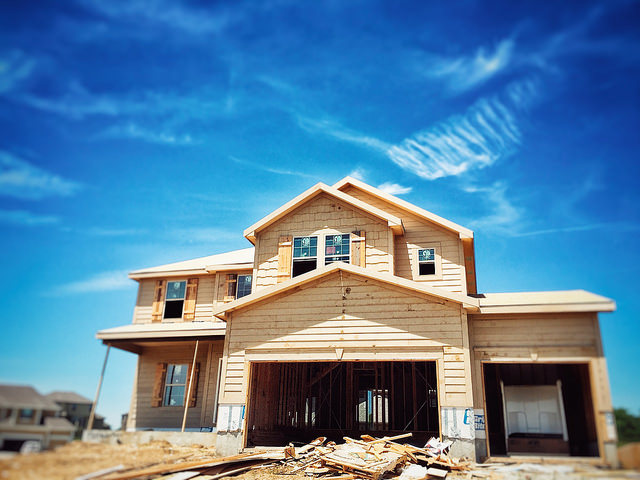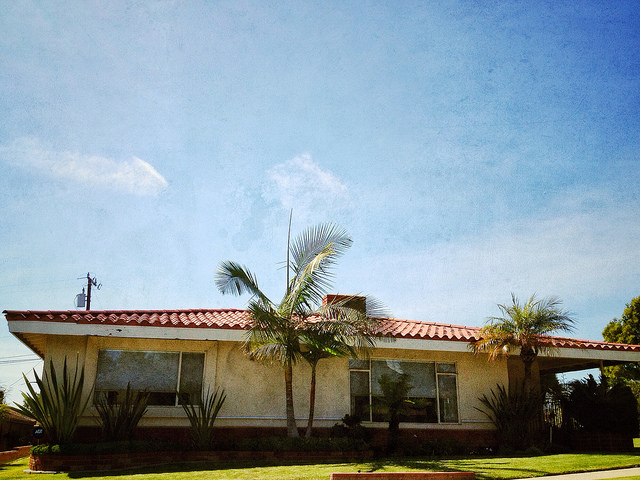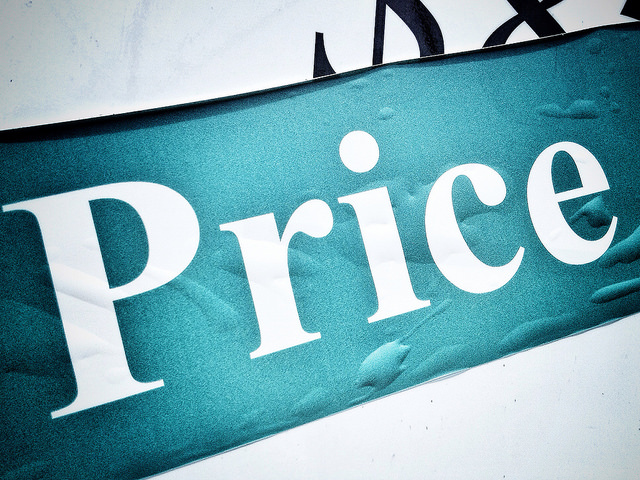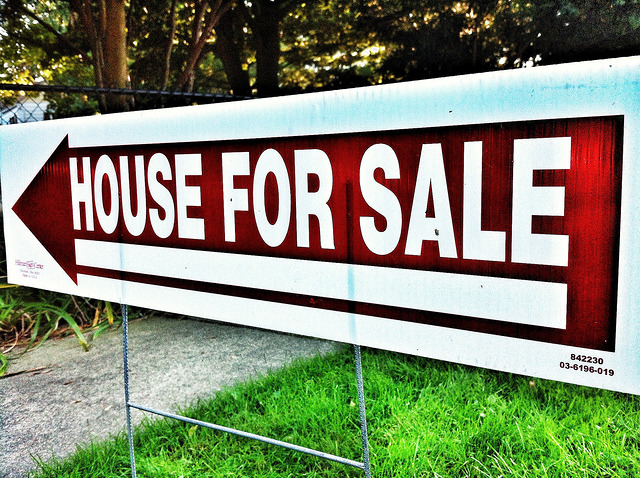The number of new homes that broke ground during the month of July increased from the month before, according to new numbers from the U.S. Census Bureau and the Department of Housing and Urban Development. Housing starts were up 2.1 percent to a seasonally adjusted annual pace of 1.21 million units, the highest level since February. Economists expected starts to fall to a 1.18 million-unit pace. July’s improvement not only beat economists’ expectations but is also welcome news for home buyers. That’s because any increase in the number of new homes being built adds for-sale inventory and helps moderate price increases and balance the market. Much of the concern about the current housing market revolves around the fact that the number of homes available for sale is lower than usual and hasn’t been keeping up with buyer demand. When there are more home buyers than there are homes available for sale, home prices rise. And, though current homeowners putting their homes up for sale can help boost inventory, new home construction is vital. Regionally, home building activity was strongest in the South and West. The Northeast and Midwest, on the other hand, both saw declines. More here.













